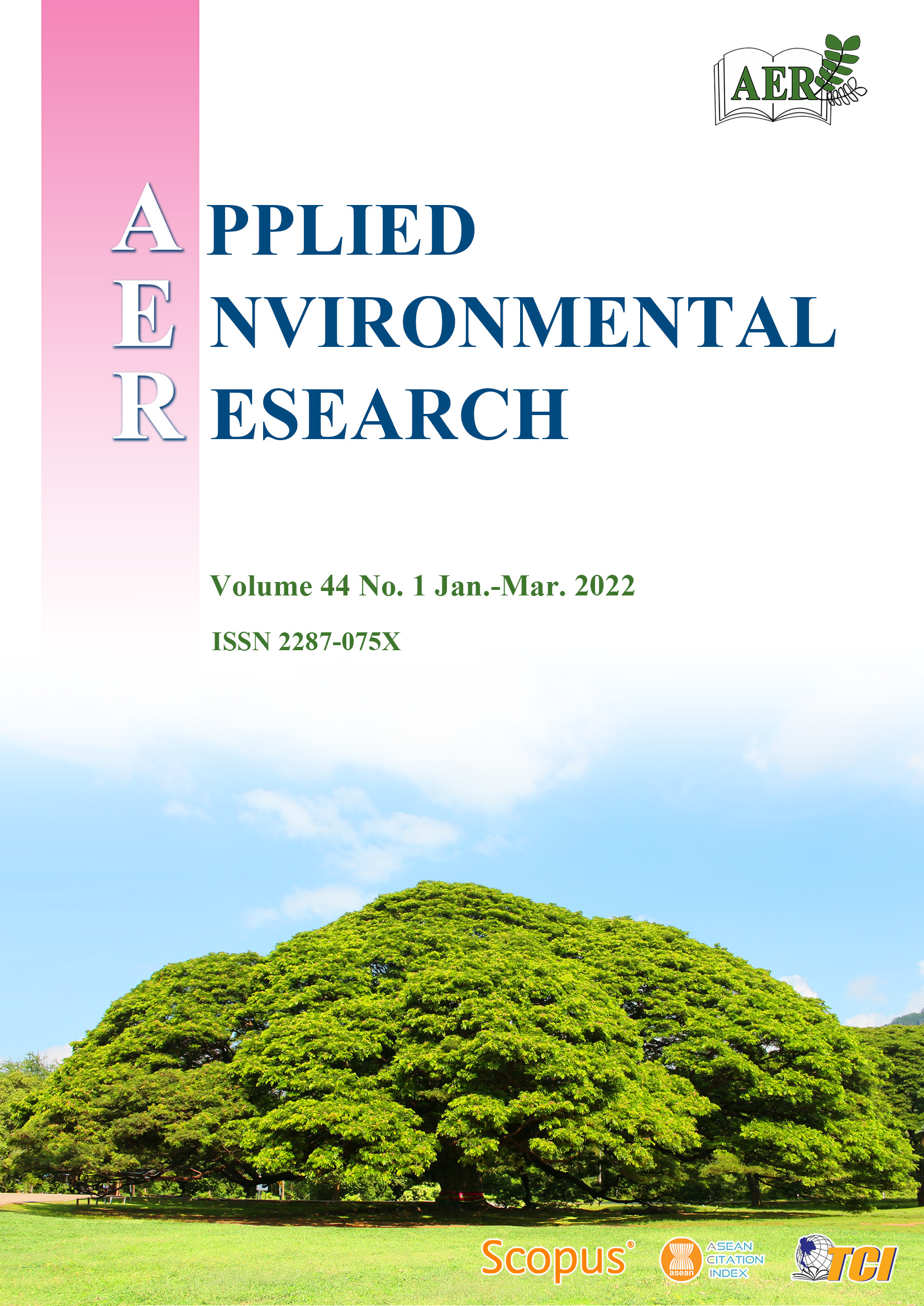Effects of substrate types on nitrogen removal efficacy and growth of Canna indica L.
Main Article Content
Abstract
Constructed wetlands (CWs), a cost effective technology for wastewater treatment, consist of substrates and wetland plants, which should be selected carefully to gain highest treatment efficiency. However, studies on plant growth and responses to different types of substrates are very few. This study aims to assess the effects of substrate types on growth and root morphology of Canna indica L. and nitrogen (N) removal. Twenty-four similar sized approximately 1 month old C. indica plants were selected and grown on different substrates (gravel, pumice and biochar). All plants were supplied with a standard growth medium to which 14 mg L-1 NH4+, 14 mg L-1 NO3-, 3 mg L-1 PO43- were added and pH was adjusted to 6.5. The growth solution was renewed every week. The plants were grown under greenhouse conditions for 45 d. Results showed that growth of C. indica was not significantly different among treatments but differences on root morphology were found. Plants grown on pumice had the largest root diameters while plants grown on biochar had the longest roots. In the gravel-filled treatment, C. indica showed the lowest root diameter and root length but formed more internal air space in its roots. It indicates that types of substrate can affect O2 supply and root morphological adaptation. Moreover, the porous substrate bed systems were capable of eliminating more NH4+ than gravel bed systems, with the NH4+ removal rates of 5.6–6.3 mg L-1 d-1 compared to 4.7 mg L-1 d-1, respectively. The results show that porous substrates can act as plant supporting substrates and play important roles in N adsorption. Also, they can improve oxygen supply and stimulate root growth. Thus, application of porous substrates as filter media could help to increase pollutant removal efficacy of CWs.
Article Details

This work is licensed under a Creative Commons Attribution-NonCommercial 4.0 International License.
Published articles are under the copyright of the Applied Environmental Research effective when the article is accepted for publication thus granting Applied Environmental Research all rights for the work so that both parties may be protected from the consequences of unauthorized use. Partially or totally publication of an article elsewhere is possible only after the consent from the editors.

